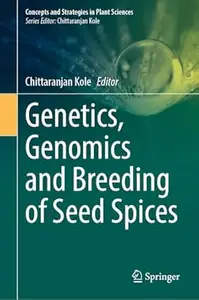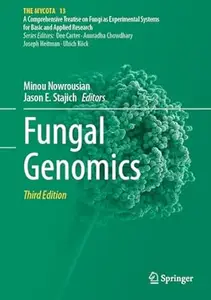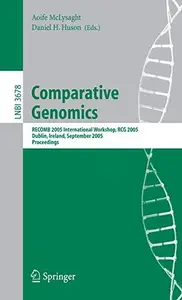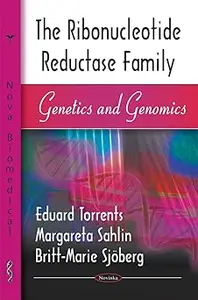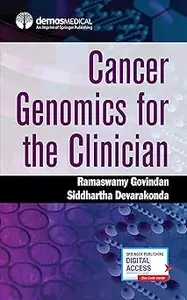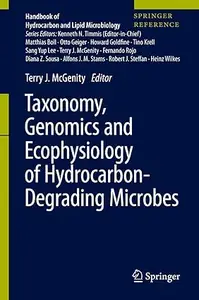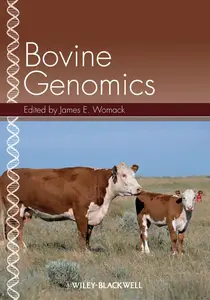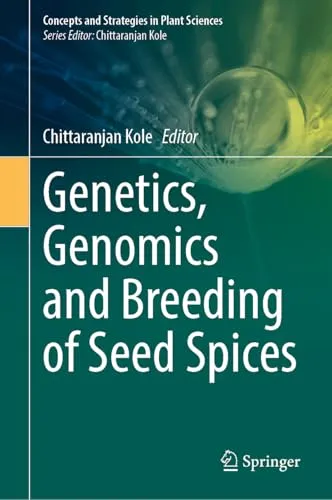
Free Download Genetics, Genomics and Breeding of Seed Spices by Chittaranjan Kole
English | EPUB (True) | 2024 | 224 Pages | ISBN : 9819796296 | 13.1 MB
This volume presents detailed reviews on biochemistry, classical genetics and traditional breeding, germplasm diversity, molecular genetics, tissue culture, biotechnology, and structural and functional genomics of ten major seed spices including ajwain, anise, celery, coriander, cumin, dill, fennel, fenugreek, Nigella and parsely.
